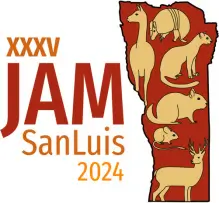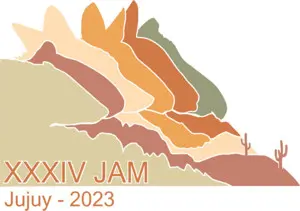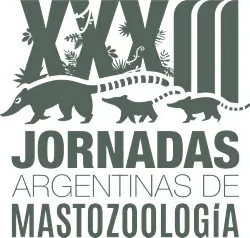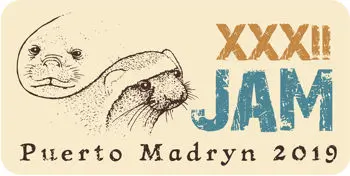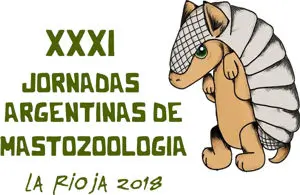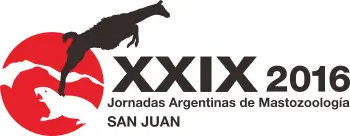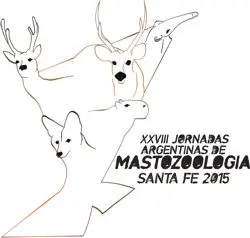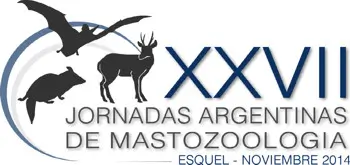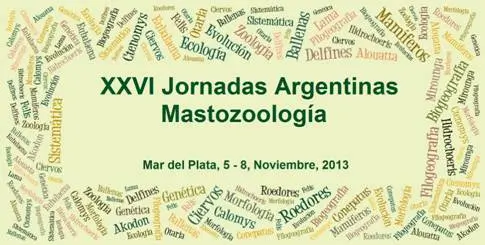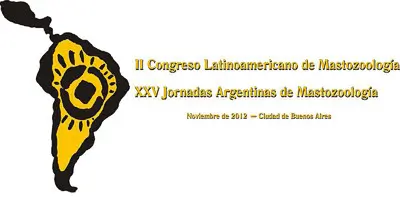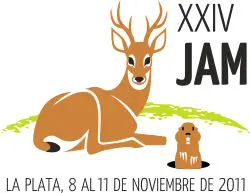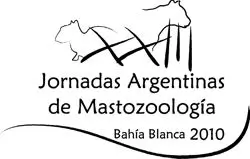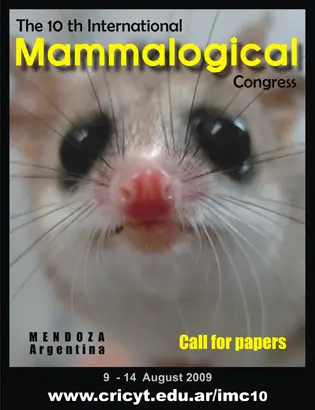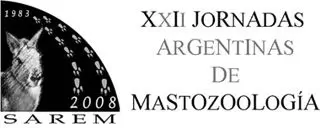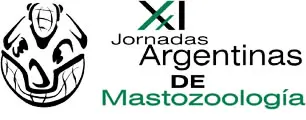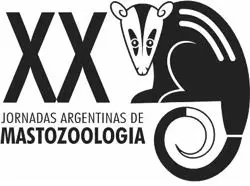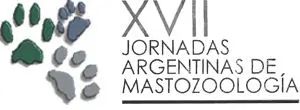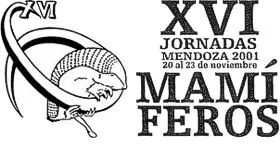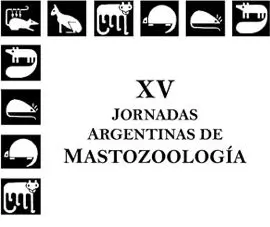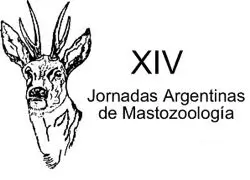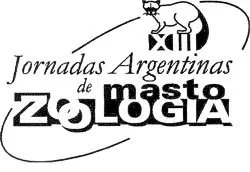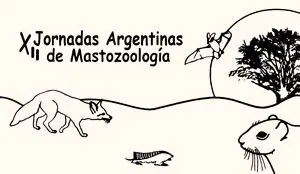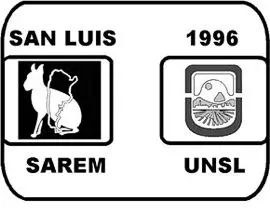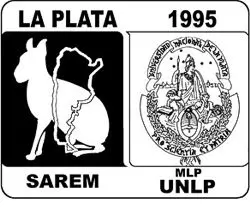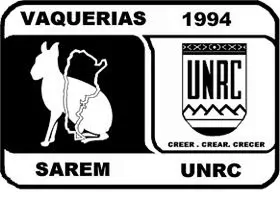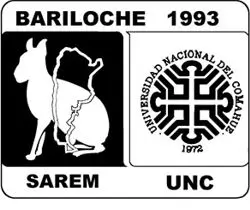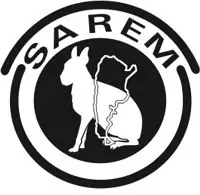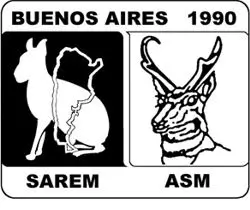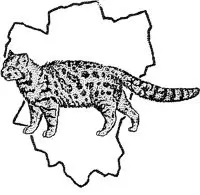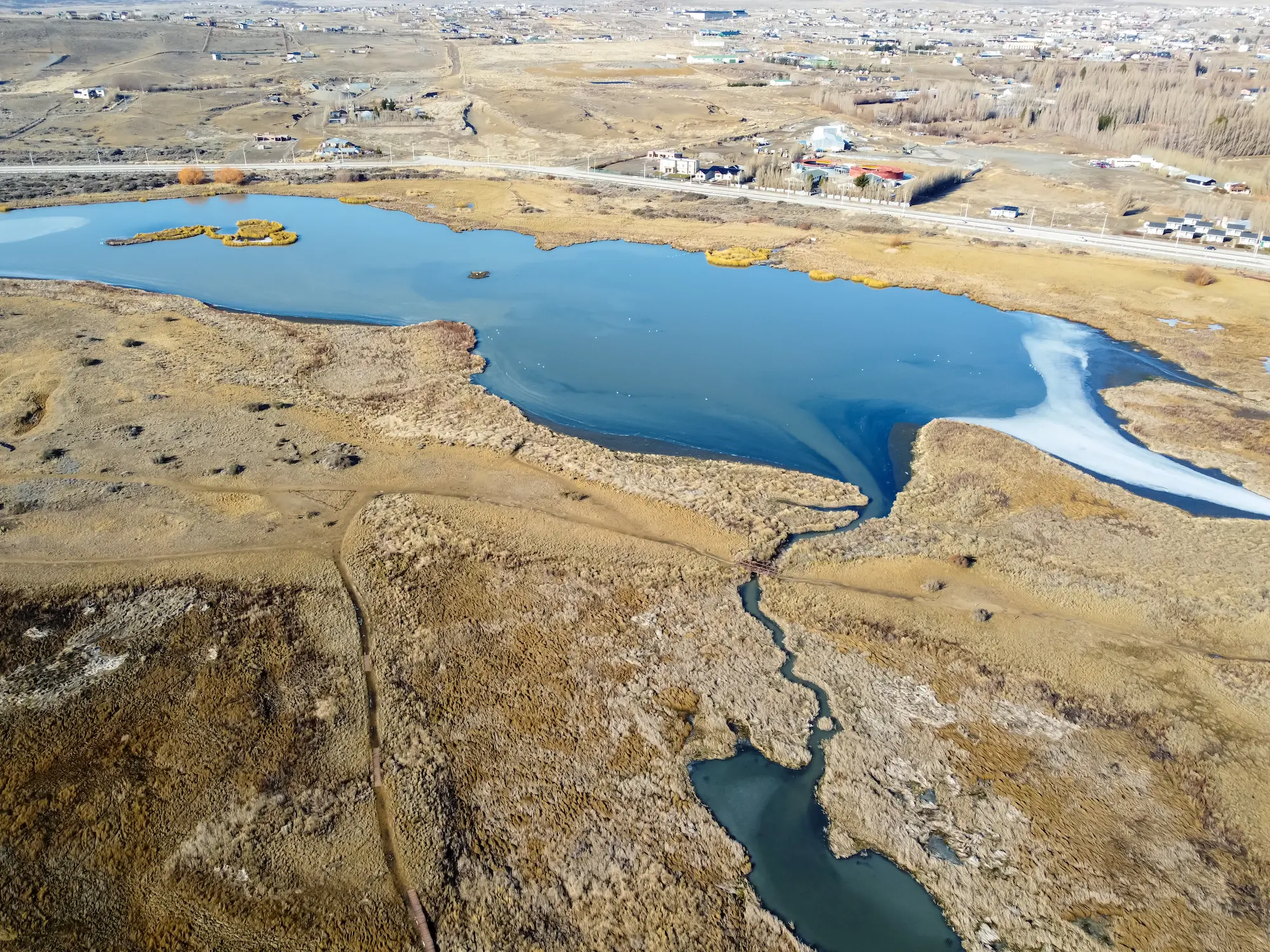
Conserving an endangered cultural icon, the water vole, in the face of American mink invasion of Britain: ecology, management and people
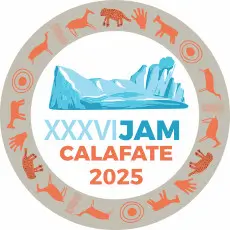
Conserving an endangered cultural icon, the water vole, in the face of American mink invasion of Britain: ecology, management and people
- Tipo de actividad: Conferencia
- Autoría: Prof. Xavier Lambin
- Afiliación: University of Aberdeen in Scotland.
- Email: x.lambin@abdn.ac.uk
Rodent management typically focuses on reducing their numbers and minimizing their impact. However, some species once considered pests have declined to the point of becoming endangered. This shift raises important questions: Should we conserve declining rodent populations? Should we celebrate their reduction? Or should we determine acceptable population levels for species once deemed over-abundant? Answering these questions requires an understanding of the ecological roles and cultural significance of rodents. The European hamster offers a striking example of changing fortunes. Once controlled as an agricultural pest, it is now listed as critically endangered. Similarly, several rodent species formerly managed as pests are now at risk, mostly due to intensified farming practices. As with many conservation challenges, it is difficult to identify and mitigate the multiple causes behind these declines.The water vole (Arvicola amphibius) illustrates this complexity. A large (200–300 g) amphibious rodent, it is regarded as both a pest and a conservation icon, depending on location. In the UK, water voles were once widespread and beloved, popularized by a classic children’s story. Since 1950, however, their population has plummeted by 95%, primarily due to predation by the invasive American mink, which escaped from now-closed fur farms. Female mink can enter vole burrows, making local coexistence impossible. Water voles have a metapopulation structure, with local extinctions and recolonizations occurring frequently, even without mink. Although water voles are excellent dispersers, mink are even more mobile and can affect multiple vole populations in a neighbourhood. While this structure once gave voles some resilience, extinction can be delayed but not avoided where mink are established. The ecological impact of their burrowing behaviour, such as supporting diverse riparian plant communities, lingers even after their disappearance. The scale of mink invasion in Scotland overwhelmed government resources. Instead, a broad network of citizen conservationists was mobilized to manage mink across over 29,000 km2, roughly a third of Scotland. Volunteers, many of whom never saw a water vole, used floating mink rafts that detect mink presence and trigger cage traps only upon confirmation. Though far from complete eradication, this community-led effort achieved significant success. Sustained control lowered mink densities and allowed water voles to recover in many areas, reaching population levels not seen since the 1980s. This process also deepened our understanding of predator-prey dynamics and the motivations behind public involvement in conservation. However, recovery was not immediate. Residual mink, reinvasion, and disrupted recolonization processes created time lags. Even in mink-free areas, colonization of distant habitats was rarer than expected, and the survival of small, isolated populations remained low—likely due to the lack of a “rescue effect” from neighbouring populations. Restoring rodents from the brink, even highly reproductive and mobile species like the water vole, is a gradual process. Maintaining public engagement and celebrating conservation successes are ongoing challenges, alongside the lighter task of protecting volunteers’ carrots from recovering yet hungry voles.

